High School and Success
High school should provide something different for each of the three distinct groups who attend it—targeting for high school diploma, college-bound, and dropouts.
In certain ways, students, society, and employers are all short-changed. A few outstanding issues with today’s system contribute to this dilemma.
Students and Job Opportunities
Figure 3 compares job opportunities with rewards. The top row shows that 20% of all high school students who do not graduate with their peers can compete for 27% of all jobs offered with an average full-time starting salary of $20,000. The data is from 2013, and the portion of students who lack a high school diploma or equivalent falls to 3% by ten years after their class graduates.
Surprisingly, more than a quarter of all jobs (27%) do not require a high school diploma. Unsurprisingly, the wages are quite low. Twenty thousand dollars per year. Also, it’s important to realize that many graduates or GED holders occupy jobs that don’t fully use or pay them for their learned skills.
Another takeaway from the chart is that 97% of all students realize the value of the high school diploma ($35,000 annual starting salary versus $20,000 for dropouts). Unfortunately, it takes a number of years before some students grasp this. Another problem is that the marketplace doesn’t supply enough jobs requiring a high school diploma to satisfy all graduates.
The missing job and salary values for Post High School certification is lamentable. These include skilled workers like carpenters, plumbers, electricians who progress through apprenticeships as well as medical office workers, among others. Nonetheless, it is generally known these are well-paying jobs with benefit to the employees, the employers, and to society.
The fact that a third of students eventually earn a bachelor’s degree, yet only 18% of jobs require the degree, is curious. A partial explanation is that earning a degree allows you to advance after being hired in an occupation.
From the work skills goal of high school, there is a fair amount of success, although employer sentiment that 40% of applying diploma holders are weak in reading or writing highlight the need for improvement.
Umemployment
It’s interesting to consider the unemployment rate by schooling level completed (National Center for Education Statistics study p 23). This table shows the situation of the entire 2002 high school sophomore class with respect to work status in 2012. Unemployed was 11% for the whole class. Although the national unemployment rate stood at 8.2%, more recent entrants to the job market suffer more than established workers.
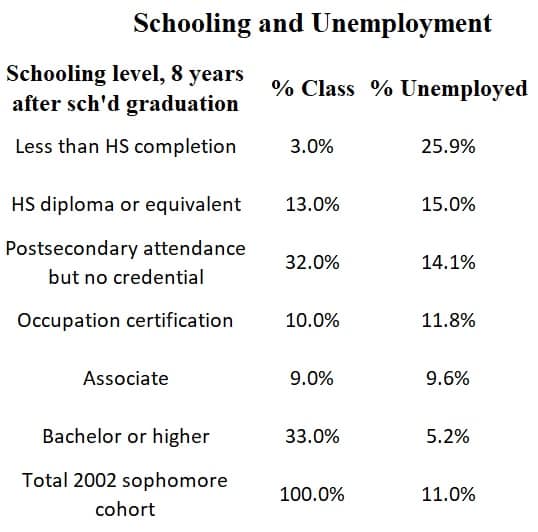
The decline in unemployment as education level increases is striking. Not only do the more educated get higher paying jobs, they are laid off less frequently.
The benefits to society of decreasing unemployment are several. Most prominent is a decline in the number of people dissatisfied with society, which is expressed through crime, drugs, and chaos in their personal sphere.
Posts related to this post
Education Goals
Handful of High School Curriculum Changes
Creativity and Academics
External Citations
Jobs available by Education Level. Although this source is from 2013, the general takeaways remain the same.
Government Study on Education Achievement. Wealth of good information in this longitudinal study.
Summary of Unemployment by Schooling. Another aspect of schooling 2016.
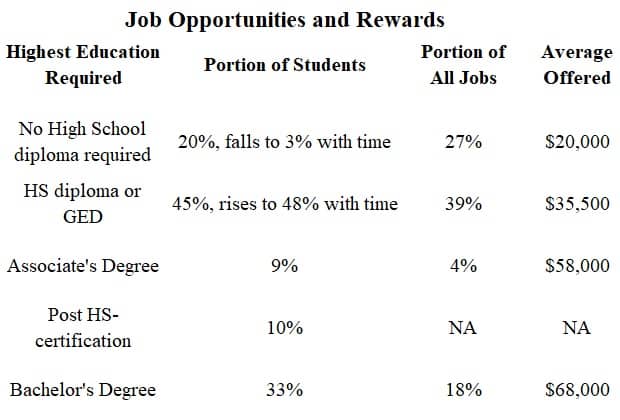

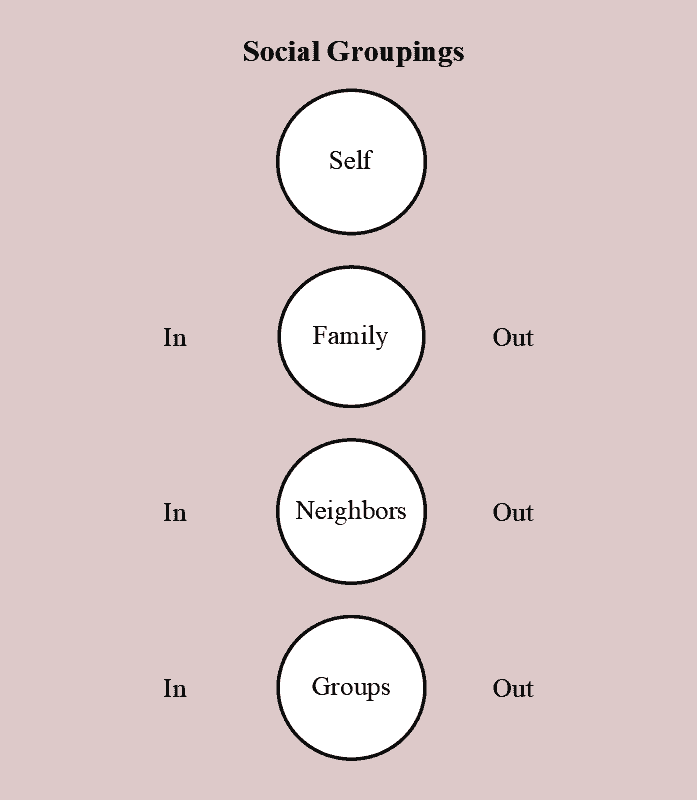


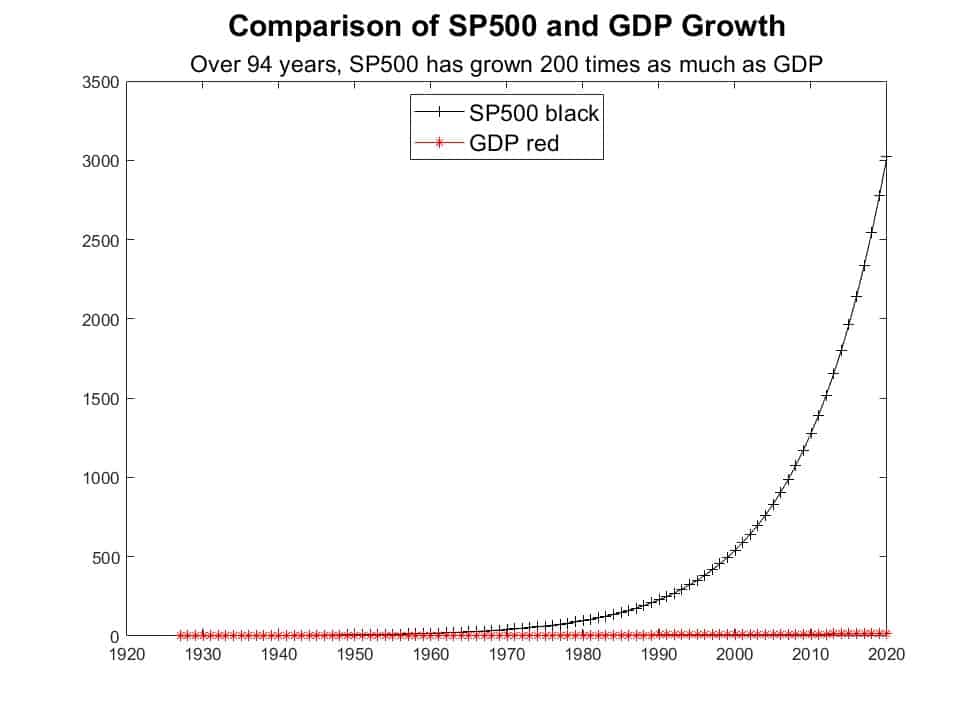

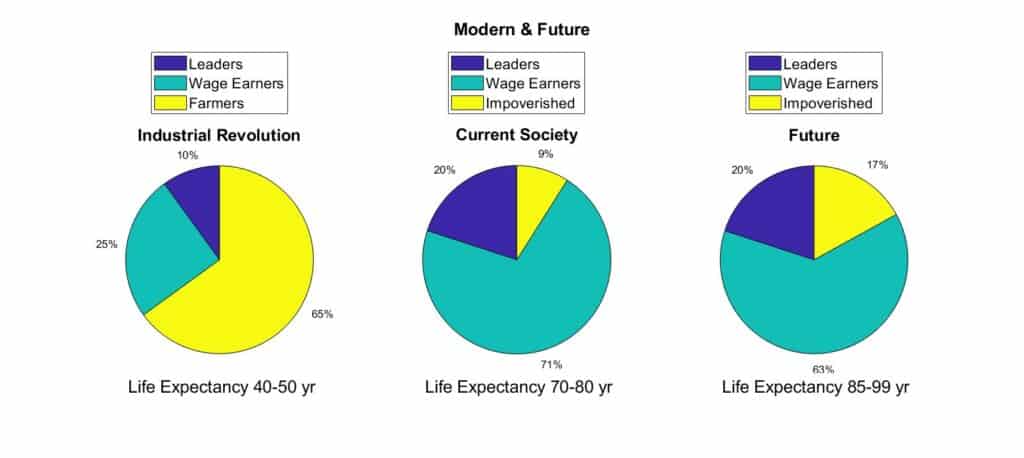

1 thought on “High School and Success”